
Feature Photo: William Henderson darkfiber22, CC BY 2.0
In the expansive landscape of soul and R&B music, few groups have maintained the devoted following and consistent musical excellence of Maze. Born from the creative vision of Frankie Beverly in Philadelphia in 1970, Maze began its journey as Raw Soul before relocating to San Francisco in 1971, where the group’s fortunes would change dramatically after an introduction to Marvin Gaye. The legendary singer not only took them on tour as his opening act but also suggested they change their name, with founding member Roame Lowry ultimately suggesting “Maze.” This pivotal moment led to the group signing with Capitol Records in 1976 and releasing their debut album “Maze Featuring Frankie Beverly” in 1977, launching a career that would span decades.
Throughout their history, Maze released nine gold albums between 1977 and 1993, establishing themselves as a formidable force in soul music. Their catalog includes widely beloved hits such as “Happy Feelings,” “While I’m Alone,” “Golden Time of Day,” “Southern Girl,” “Joy and Pain,” “Before I Let Go,” and “Back in Stride.” The band became known for their distinctive laid-back yet soulful sound, impeccable musicianship, and Beverly’s smooth, unmistakable vocals. Perhaps most notably, Maze cultivated one of the most loyal fan bases in music, with audiences traditionally donning all-white attire at their concerts to honor the group’s signature stage appearance.
Maze’s journey includes a transition from Capitol Records to Warner Brothers in 1989, continuing their gold record streak with albums like “Silky Soul” and “Back to Basics.” Although the band experienced various lineup changes throughout the decades, they remained a consistent live draw, selling out venues across the United States and building a particularly strong following in the United Kingdom. The band’s final chapter began in July 2023 when Frankie Beverly gave his farewell performances in his hometown of Philadelphia, retiring after more than five decades in music. His retirement came shortly after a significant split in May 2023, when several long-time members departed to form their own group, TMF (“The Music Forever”), while the remaining Maze configuration announced plans to continue as “Maze Honoring Frankie Beverly.”
Frankie Beverly
Howard “Frankie” Beverly, born December 6, 1946, in Philadelphia, Pennsylvania, is the founder, lead vocalist, songwriter, producer, arranger, keyboardist, and guitarist of Maze. Beverly’s musical journey began in church, where he performed solos as a child. By age 12, he had renamed himself “Frankie” in homage to his idol Frankie Lymon of the Teenagers. Beverly’s early career included forming The Butlers in Philadelphia during his high school years, recording singles like “The Sun’s Message” and “She Tried to Kiss Me.”
In 1970, Beverly established Raw Soul, which would evolve into Maze following the group’s relocation to San Francisco in 1971. After struggling initially, the band secured a regular gig at a club called The Scene. Their fortunes changed dramatically when Marvin Gaye saw them perform, taking them on tour and helping secure their recording contract with Capitol Records. Beverly’s creative vision has been the consistent driving force behind Maze, as he wrote, produced, and arranged all of the group’s material.
Beverly’s distinctive smooth vocals and soul-stirring compositions yielded the band’s signature sound, a blend of Philadelphia soul with a laid-back California vibe. Under his leadership, Maze released nine gold albums between 1977 and 1993, with hits including “Happy Feelin’s,” “While I’m Alone,” “Golden Time of Day,” “Joy and Pain,” and “Before I Let Go.” His song “Back in Stride” gave the group their first #1 R&B hit in 1985, followed by another chart-topper with “Can’t Get Over You.”
After more than five decades of performing, Beverly retired in July 2023, with his final concerts appropriately held in his hometown of Philadelphia at the Dell Music Center. Throughout his career, he maintained artistic integrity, focusing on soul music that connected deeply with audiences even as musical trends changed. His legacy includes not only his own musical contributions but also providing opportunities for artists like Toni Braxton, Regina Belle, and Anita Baker to gain exposure as opening acts for Maze.
McKinley “Bug” Williams
McKinley “Bug” Williams, a Philadelphia native, was an original member of Maze and Frankie Beverly’s lifetime friend and musical partner. Williams served as the band’s percussionist and background vocalist from its inception until his passing in 2011. His relationship with Beverly began when they were teenagers around age 13 or 14, with both young men singing in local groups and in church.
When the original lineup of The Butlers (Beverly’s high school group) disbanded, Williams joined Beverly’s musical journey. He remained with Beverly through the transition from Raw Soul to Maze, contributing his percussion skills and vocals to every Maze album from their self-titled 1977 debut through their final studio release, “Back to Basics” in 1993.
Williams was often described as the “Tambourine Man” by fans and was known as the guardian and “Papa Hen” of the band. According to Beverly, Williams was “an excellent, schooled musician, top of the line” who “knew music” and was “very well respected.” He kept the band in line and was regarded with deep affection by his bandmates and fans alike.
On September 2, 2011, Williams died suddenly of an apparent heart attack at age 65 while the band was in Chattanooga, Tennessee, for a performance. His passing was a significant loss to the Maze family, with Beverly later remarking, “Bug was my brother. He was with me for 50 years. He was the father of the band, very much like the guardian of the band.” Beverly considered Williams irreplaceable, stating, “Someone asked me if I was going to replace him. I said, ‘That’s impossible, there is no replacing Bug.’”
Roame Lowry
Roame Lowry stands as a pivotal figure in Maze’s history as the last remaining original member alongside Frankie Beverly until May 2023. Serving as the band’s congas player and background vocalist, Lowry’s contributions extend beyond his musical talents to include naming the band itself. When Marvin Gaye suggested that Raw Soul needed a new name in 1976, it was Lowry who proposed “Maze,” establishing the identity that would define their career for over four decades.
Lowry’s percussion work and vocals appear on every Maze album from their 1977 debut through their final studio release in 1993. His distinctive conga rhythms helped shape the group’s signature sound, blending Philadelphia soul traditions with West Coast smoothness. Throughout Maze’s touring years, Lowry remained a constant presence alongside Beverly, creating the rhythmic foundation for their live performances.
In May 2023, after more than 50 years of collaboration with Beverly, Lowry departed Maze amid a labor dispute with Beverly’s management. He subsequently became a founding member of TMF (“The Music Forever”), a group formed by former Maze musicians to continue their musical legacy. As the last original Maze member besides Beverly himself, Lowry’s departure marked the end of an era for the band that had begun in Philadelphia in the early 1970s.
Robin Duhe
Robin Duhe, born in Oakland, California, was the longest-serving bassist for Maze, performing with the group for over three decades. Coming from a large musical family, Duhe began his musical journey in third grade, initially playing trumpet before switching to French horn in high school. His transition to string instruments occurred when his mother gave him a four-string guitar, which he instinctively played like a bass, finding his true instrumental calling.
After high school, Duhe performed around the San Francisco Bay Area with groups including the Soul Messengers, backing artists like Etta James and Bobby Womack. While attending college, he was introduced to members of Frankie Beverly’s band and joined what would become Maze, remaining with them for more than 30 years.
Duhe’s dynamic bass lines provided the foundation for many of Maze’s classic recordings, including “Happy Feelin’s,” “Golden Time of Day,” “Joy and Pain,” and “Back in Stride.” His playing style embodied the laid-back yet groove-oriented approach that defined the group’s sound. He appeared on all of Maze’s studio albums from their 1977 self-titled debut through their final album “Back to Basics” in 1993.
In 2004, Duhe began a solo career with the release of his first album “Do It Duhe,” followed by “Life” in 2009. His solo work evolved from the R&B sound he cultivated with Maze to incorporate smooth jazz with R&B undertones and eventually a fusion of various genres. In 2022, he released a contemporary jazz single titled “Cruis’n,” continuing to build on his musical legacy beyond his time with Maze.
Wayne Thomas
Wayne Thomas, also known as Wuane Thomas, was one of the original guitarists for Maze, joining when the band was still known as Raw Soul in the early 1970s. As a founding member of Maze, Thomas contributed his guitar skills to the band’s early development and their transition from Philadelphia to San Francisco.
Thomas played lead guitar on Maze’s self-titled debut album in 1977, helping establish the band’s distinctive sound with his melodic guitar work on tracks like “Happy Feelin’s,” “While I’m Alone,” and “Lady of Magic.” His guitar style blended elements of soul, funk, and jazz, complementing Frankie Beverly’s compositions with tasteful, understated playing that prioritized the overall groove.
After contributing to several of the band’s early albums, Thomas eventually departed Maze as the group experienced lineup changes throughout the late 1970s and early 1980s. He later returned to work with the band on their 1985 album “Can’t Stop the Love,” demonstrating his continued musical connection with Beverly’s vision. Thomas’s guitar work helped define Maze’s early sound and laid the groundwork for the guitar approach that would become part of their signature style throughout their career.
Ron Smith
Ron Smith joined Maze as a guitarist during a period of personnel changes in the late 1970s, making his debut on the album “Joy and Pain” (1980). He replaced earlier guitarist Wayne Thomas, bringing a fresh guitar approach to the group’s evolving sound.
Smith’s guitar work can be heard on several of Maze’s successful albums, including “Joy and Pain” (1980), “We Are One” (1983), and “Can’t Stop the Love” (1985). His playing contributed to hit singles like “Southern Girl,” “The Look in Your Eyes,” “Joy and Pain,” and “Running Away.” Smith’s guitar style complemented the band’s smooth soul sound, providing tasteful rhythm parts and melodic solos that enhanced without overshadowing Beverly’s vocals.
As a member of Maze through much of the 1980s, Smith was part of the band’s lineup during their popular live shows, including performances that would be captured on the albums “Live in New Orleans” (1981) and “Live in Los Angeles” (1986). His contributions helped maintain the band’s musical consistency even as personnel shifted around the core of Beverly and original members like McKinley Williams and Roame Lowry.
Smith later returned to work with Maze on their Warner Brothers albums “Silky Soul” (1989) and “Back to Basics” (1993), helping the band achieve gold status with these final studio releases. His long association with the group underscores his importance to their sound during their most commercially successful period.
Sam Porter
Sam Porter was a keyboardist who joined Maze during their early days as the band transitioned from Raw Soul to Maze. As one of the original members of the newly named Maze in 1976, Porter contributed to establishing the group’s signature sound on their Capitol Records debut.
Porter’s keyboard work can be heard on Maze’s self-titled 1977 debut album and their follow-up “Golden Time of Day” (1978), providing melodic support and harmonic richness that complemented Beverly’s compositions. His playing style blended elements of soul, jazz, and funk, helping to create the smooth, sophisticated sound that would become the band’s trademark.
After departing from the main lineup, Porter returned to contribute to Maze’s 1985 album “Can’t Stop the Love,” which featured the band’s first #1 R&B hit “Back in Stride.” Throughout his time with Maze, Porter collaborated closely with Frankie Beverly to translate Beverly’s musical vision through his keyboard arrangements and performances, helping to create the distinctive Maze sound that earned them a devoted following.
Joe Provost
Joe Provost served as the drummer for Maze during their formative period, joining the group in its early days after they relocated to San Francisco and became the house band at a local club called The Scene. As one of the original members of Maze when they signed with Capitol Records in 1976, Provost provided the rhythmic foundation for the band’s earliest recordings.
Provost’s drumming can be heard on Maze’s self-titled debut album released in 1977, which included the hit singles “Happy Feelin’s,” “While I’m Alone,” and “Lady of Magic.” His playing style contributed to the laid-back yet groove-oriented approach that defined Maze’s sound, complementing the percussion work of fellow rhythm section member Roame Lowry.
After contributing to the band’s successful debut, Provost departed Maze as the group underwent several personnel changes in their early years. His drumming on their first gold record helped establish the rhythmic template that would influence the band’s approach throughout their career, even as other drummers took his place in subsequent years.
Ahaguna Sun
Ahaguna Sun joined Maze as a drummer for their third album, “Inspiration,” released in 1979. Taking over from Joe Provost, Sun brought a fresh rhythmic approach to the band’s evolving sound as they continued to refine their musical identity.
On “Inspiration,” Sun’s drumming supported hit tracks like “Feel That You’re Feelin’,” helping to earn the album gold certification and further establish Maze’s reputation for sophisticated soul music. His playing style maintained the laid-back groove that characterized Maze’s sound while adding his own subtle touches to the rhythmic foundation.
Sun’s tenure with Maze was relatively brief, as he was replaced by Billy Johnson for the band’s fourth album, “Joy and Pain,” in 1980. Despite his short time with the group, Sun’s contributions to “Inspiration” helped maintain Maze’s commercial and artistic momentum during a crucial period in their development, as they solidified their place in the soul music landscape of the late 1970s.
Billy Johnson
Billy Johnson, also known as Billy “Shoes” Johnson, joined Maze as their drummer in 1980, making his debut on the album “Joy and Pain.” Taking over from previous drummer Ahaguna Sun, Johnson brought a solid rhythmic foundation to the band during a significant period in their development.
Johnson’s crisp, precise drumming can be heard on several of Maze’s successful albums, including “Joy and Pain” (1980), the live album “Live in New Orleans” (1981), and “We Are One” (1983). His playing supported hit singles like “Southern Girl,” “Joy and Pain,” “Running Away,” and “Love is the Key,” helping to maintain the group’s commercial success throughout the early 1980s.
As Maze’s primary drummer during much of their Capitol Records period, Johnson’s rhythmic contributions were essential to the band’s laid-back yet groove-oriented sound. His ability to maintain the pocket while adding subtle embellishments complemented Beverly’s compositions and the overall ensemble approach that characterized Maze’s music.
Johnson’s tenure with Maze established him as an important member of their classic lineup, helping to define their sound during the peak of their popularity. His drumming on both studio albums and their acclaimed live recordings demonstrated his versatility and sensitivity to the band’s musical dynamics.
Carl Wheeler
Carl Wheeler joined Maze as a keyboardist in the late 1970s, becoming one of the band’s most enduring members. His organ and keyboard work helped define the group’s sound through multiple iterations of their lineup over several decades.
Wheeler’s keyboards can be heard on numerous Maze albums, including “Joy and Pain” (1980), “Live in New Orleans” (1981), “We Are One” (1983), and subsequent releases. His playing style, which blended soul, jazz, and funk influences, provided harmonic richness and melodic support that complemented Beverly’s vocals and compositions. Wheeler’s organ work, in particular, added emotional depth to Maze’s ballads and mid-tempo grooves.
Prior to joining Maze, Wheeler was an alumnus of the band Tony Toni Toné, bringing that musical experience to Maze’s evolving sound. His long tenure with the group established him as a core member, providing continuity through various personnel changes around the foundation of Beverly, Williams, and Lowry.
Wheeler remained with Maze through their later years, continuing to perform with the band well into the 2000s. His keyboard contributions were an integral part of their live shows, helping to recreate the band’s classic studio sound while adding spontaneous elements that enhanced their reputation as an exceptional live act.
Philip Woo
Philip Woo joined Maze as a keyboardist and synthesizer player in the late 1970s, contributing to the band’s evolving sound as they expanded their musical palette. His addition brought contemporary keyboard textures that complemented the traditional organ and piano parts in Maze’s arrangements.
Woo’s synthesizer and keyboard work can be heard on several Maze albums, including “Joy and Pain” (1980), “We Are One” (1983), and others from their Capitol Records period. His playing added sonic depth and color to tracks like “Joy and Pain,” “Southern Girl,” and “We Are One,” enhancing the band’s smooth soul sound with modern electronic elements.
As part of Maze’s keyboard section alongside Carl Wheeler, Woo helped create the lush, layered arrangements that characterized many of the band’s recordings. His contributions were particularly valuable as Maze navigated the changing musical landscape of the early 1980s, incorporating contemporary sounds while maintaining their soulful essence.
Woo also contributed to Maze’s acclaimed live performances during his tenure with the band, helping to translate their studio sound to the concert stage. His work with Maze established him as a skilled keyboardist in the soul and R&B world, with a distinctive approach to synthesizer playing that enhanced the group’s signature sound.
Wayne “Ziggy” Lindsay
Wayne “Ziggy” Lindsay joined Maze as a keyboard player and synthesizer specialist in the mid-1980s, contributing to the band’s evolving sound during a period of commercial success. His keyboard work complemented the band’s established sound while adding contemporary elements that helped keep their music fresh.
Lindsay’s synthesizer and keyboard talents can be heard on Maze’s 1985 album “Can’t Stop the Love,” which featured the group’s first #1 R&B hit “Back in Stride” and the Top 5 follow-up “Too Many Games.” His playing helped update the band’s sound for the mid-1980s while maintaining the soulful essence that defined Maze’s music.
Working alongside other keyboard players in various Maze lineups, Lindsay contributed to the lush, layered arrangements that characterized the band’s recordings. His ability to blend traditional soul keyboard approaches with modern synthesizer textures gave Maze’s music a contemporary edge while respecting their musical heritage.
Lindsay’s contributions to Maze during the mid-1980s helped the band achieve some of their greatest commercial success, demonstrating his skill at crafting keyboard parts that enhanced Beverly’s compositions without overwhelming their inherent soulfulness. His work with Maze represents an important chapter in the band’s long musical evolution.
Larry Kimpel
Larry “Bear” Kimpel joined Maze as a bassist in the early 2000s, becoming one of the band’s longest-serving later members. Before joining Maze, Kimpel had already established himself as a respected bassist, beginning his professional career in 1978 as the bass player for Mavis Staples and The Staple Singers, and recording in the studios of his native Chicago with artists like Gene Chandler, Jerry Butler, and Shirley Bassey.
During his approximately 20-year tenure with Maze, Kimpel not only served as the band’s bassist but also as Musical Director, guiding the ensemble through their later period. His solid, groove-oriented bass playing maintained the smooth, soulful foundation that had characterized Maze’s sound since their inception, while adding his own musical personality to the mix.
In addition to his work with Maze, Kimpel recorded and toured with numerous notable artists including Steve Perry of Journey, Babyface, Whitney Houston, George Duke, Anita Baker, and Diana Ross, demonstrating his versatility and skill across various musical styles. His broad experience in R&B, soul, pop, and jazz informed his approach to Maze’s music, helping to keep their sound vibrant during their later years.
In May 2023, Kimpel was among the long-time Maze members who departed the band due to a labor dispute with Beverly’s management. He subsequently became a founding member of TMF (“The Music Forever”), a group formed by former Maze musicians to continue their musical legacy independently.
Vance “Maestro” Taylor
Vance “Maestro” Taylor joined Maze as a keyboardist in May 2003, becoming an important part of the band’s later lineup. Before joining Maze, Taylor had already established himself as a professional musician, landing his first professional gig at age 22 touring with Grammy Award-winning artist Peabo Bryson.
During his approximately 20-year tenure with Maze, Taylor’s keyboard work helped maintain the lush, melodic quality that had long been a hallmark of the band’s sound. His playing style, which incorporated elements of soul, jazz, and gospel, provided rich harmonic support for Beverly’s vocals while adding tasteful solos and embellishments that enhanced the band’s arrangements.
Beyond his work with Maze, Taylor had a diverse career performing and recording with artists like Earth, Wind & Fire, Elton John, Aretha Franklin, Will Downing, and Toni Braxton, for whom he served as musical director. This broad experience with some of music’s biggest names informed his approach to Maze’s music, helping to keep their sound fresh while respecting its traditional elements.
In May 2023, Taylor was among the long-time Maze members who departed the band due to a labor dispute with Beverly’s management. He subsequently became a founding member of TMF (“The Music Forever”), a group formed by former Maze musicians to continue their musical legacy independently. Taylor also released a solo contemporary jazz/funk album titled “Long Overdue,” showcasing his talents as a keyboard player and composer outside the context of Maze.
Jubu Smith
Jubu Smith (born John Smith) joined Maze as lead guitarist in the early 2000s, becoming one of the band’s most prominent later members. Prior to joining Maze, Smith had established himself as a skilled guitarist, working as a sideman for various artists and touring with Tony Toni Toné, whose members had connections to Maze’s earlier lineup.
During his approximately 20-year tenure with Maze, Smith became known for his dynamic guitar work, which blended elements of blues, soul, and jazz. His playing style, often compared to that of B.B. King with its strong, melodic, bluesy tone, added a contemporary dimension to Maze’s classic sound while respecting the band’s musical traditions. Smith’s guitar solos became highlights of Maze’s live performances, earning him a strong following among the band’s devoted fans.
Beyond his work with Maze, Smith recorded with numerous high-profile artists including Luther Vandross, Mary J. Blige, Boyz II Men, Toni Braxton, George Duke, and George Benson, demonstrating his versatility across different styles of R&B, soul, and jazz. These diverse experiences informed his approach to Maze’s music, allowing him to honor the band’s legacy while adding his own musical personality.
In May 2023, Smith was among the long-time Maze members who departed the band due to a labor dispute with Beverly’s management. He subsequently became a founding member of TMF (“The Music Forever”), a group formed by former Maze musicians to continue their musical legacy independently. Outside of Maze, Smith also fronted his own soul-blues band called Legally Blynd, showcasing his talents as a bandleader and vocalist in addition to his guitar skills.
Calvin Napper
Calvin Napper joined Maze as their drummer in the late 2000s, becoming an integral part of the band’s rhythm section during their later years. A Grammy Award-winning drummer from Winston-Salem, North Carolina, Napper brought considerable experience to Maze, having previously performed and recorded with artists across various genres.
During his approximately 13-year tenure with Maze, Napper provided the solid rhythmic foundation that had always been essential to the band’s laid-back yet groove-oriented sound. His precise, tasteful drumming maintained the pocket while adding subtle embellishments that enhanced Beverly’s compositions and complemented the overall ensemble’s performance.
Outside of his work with Maze, Napper collaborated with numerous notable artists including Donnie McClurkin (with whom he won a Grammy Award in 2005 for “Psalms, Hymns & Spiritual Songs”), Kirk Franklin, Shirley Caesar, Stephanie Mills, Patti LaBelle, and many others across gospel, R&B, jazz, and soul genres. This diverse experience informed his approach to Maze’s music, allowing him to honor the band’s rhythmic traditions while adding his own personal touches.
Napper also established himself as a solo artist, releasing several albums including “Sticks of Praise” (1999), “Soul Rhythms” (2005), “Good Vibes” (2015), and “Making Moves” (2020), demonstrating his versatility as both a drummer and producer. His production work extended to DVD projects including “Diligent Hands” (2004) and “Rhythmic Inspiration” (2007).
In May 2023, Napper was among the long-time Maze members who departed the band due to a labor dispute with Beverly’s management. He subsequently became a founding member of TMF (“The Music Forever”), a group formed by former Maze musicians to continue their musical legacy independently.
Daniel Weatherspoon
Daniel “Spoon” Weatherspoon was the newest member of Maze’s later lineup, joining the band in the years preceding their 2023 split. A Grammy and Dove Award-winning keyboardist, producer, composer, and musical director based in the Washington, D.C. area, Weatherspoon brought considerable experience and expertise to Maze during his brief tenure with the group.
Known for his passionate, jazz-influenced gospel and R&B playing style, Weatherspoon contributed keyboard parts that complemented the band’s established sound while adding contemporary elements. His musical background, which blended gospel, jazz, and R&B influences, aligned well with Maze’s soulful aesthetic, allowing him to integrate seamlessly into their performances.
In May 2023, shortly after joining Maze, Weatherspoon was among the band members who departed due to a labor dispute with Beverly’s management. He subsequently became a founding member of TMF (“The Music Forever”), a group formed by former Maze musicians to continue their musical legacy independently.
Despite his relatively brief association with Maze itself, Weatherspoon’s inclusion in TMF alongside longer-serving Maze members like Roame Lowry, Larry Kimpel, Vance Taylor, Jubu Smith, and Calvin Napper indicates the respect his fellow musicians had for his talents and his connection to the musical tradition they were seeking to maintain.
Tony Lindsay
Tony Lindsay joined Maze in 2023 as their new lead vocalist following Frankie Beverly’s retirement. After Beverly gave his farewell performances in Philadelphia in July 2023, the remaining members of Maze (not including those who had departed to form TMF) announced plans to continue as “Maze Honoring Frankie Beverly” with Lindsay as their frontman.
Before joining Maze, Lindsay was best known for his long tenure as a lead vocalist with Santana, demonstrating his ability to perform in a band with a strong musical legacy and devoted following. His extensive experience as a professional singer prepared him for the challenging task of stepping into Beverly’s role while respecting the original vocalist’s unique style and connection with fans.
Lindsay’s role represents a new chapter in Maze’s history, as the band attempts to continue their musical legacy without their founder and defining voice. While it remains to be seen how fans will ultimately receive this iteration of Maze, Lindsay’s credentials as a respected vocalist with Santana suggest an attempt to maintain a high level of quality and musical integrity as the band moves forward in honoring Beverly’s contributions to soul music.
Michael White
Michael White joined Maze as a drummer in the mid-1980s, becoming part of the band’s lineup during an important transitional period. His drumming can be heard on Maze’s live album “Live in Los Angeles,” recorded in 1986, which captured the band’s dynamic concert performances during this era.
White’s precise, groove-oriented drumming helped maintain the rhythmic foundation that had always been essential to Maze’s sound. His playing complemented the percussion work of original member Roame Lowry, creating the pocket that supported Beverly’s vocals and the band’s smooth instrumental arrangements.
As part of Maze’s rhythm section during the mid-1980s, White contributed to the band’s evolving sound as they transitioned from their Capitol Records period to their later work with Warner Brothers. His drumming helped bridge these different phases of the band’s career, maintaining continuity in their rhythmic approach while accommodating changes in their overall musical direction.
White’s contributions to Maze, particularly on their “Live in Los Angeles” album, helped document the band’s acclaimed live performances, which were a major factor in their enduring popularity and passionate fan base. His work with Maze established him as a skilled drummer in the soul and R&B world, capable of supporting a band known for its sophisticated, groove-oriented approach.
Read More: Artists’ Interviews Directory At ClassicRockHistory.com
Read More: Classic Rock Bands List And Directory
Complete List Of Maze Band Members article published on ClassicRockHistory.com© 2025

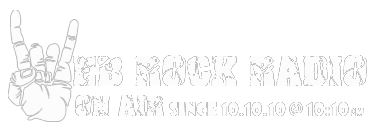








![Power of Love [Vinyl]](https://m.media-amazon.com/images/I/51wTtm5hl0L._SL500_.jpg)
![Never Let Me Go by Vandross, Luther [Music CD]](https://m.media-amazon.com/images/I/51u3U9ZzpCL._SL500_.jpg)






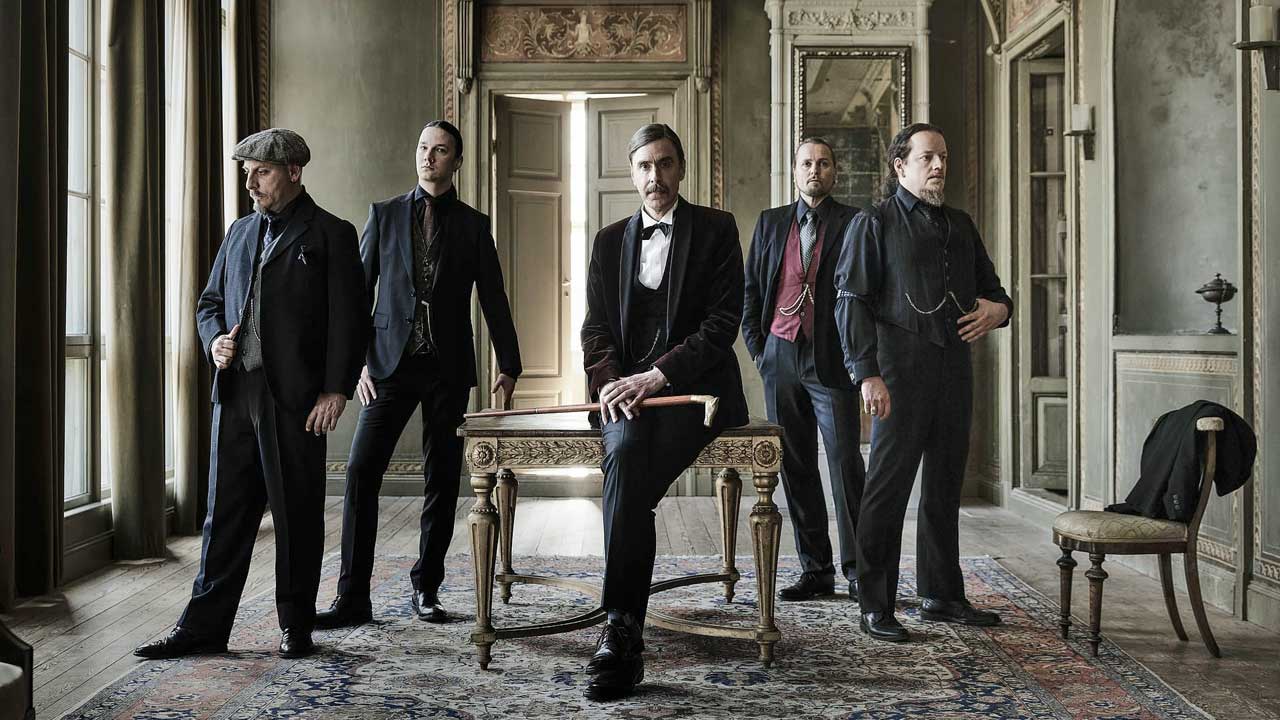

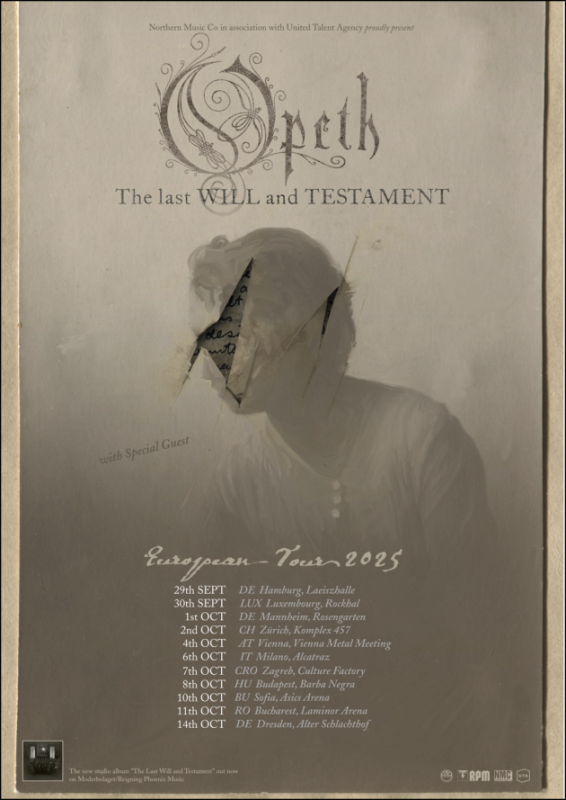
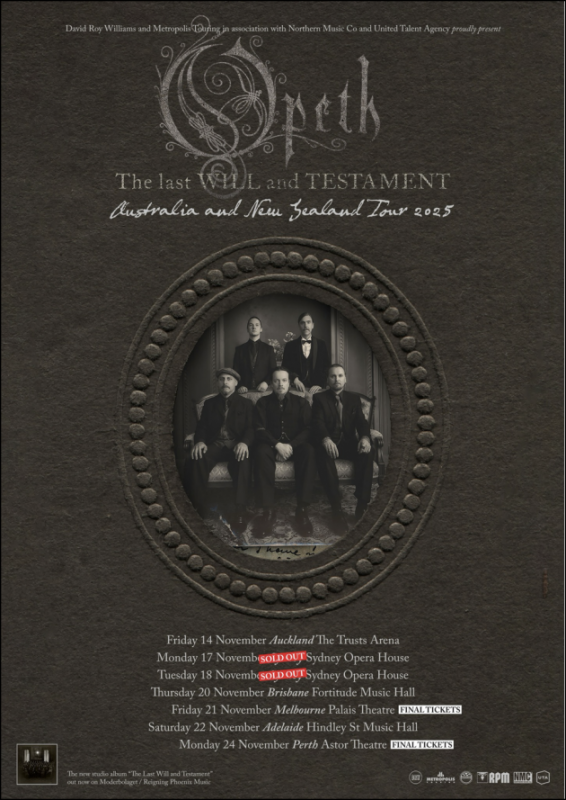
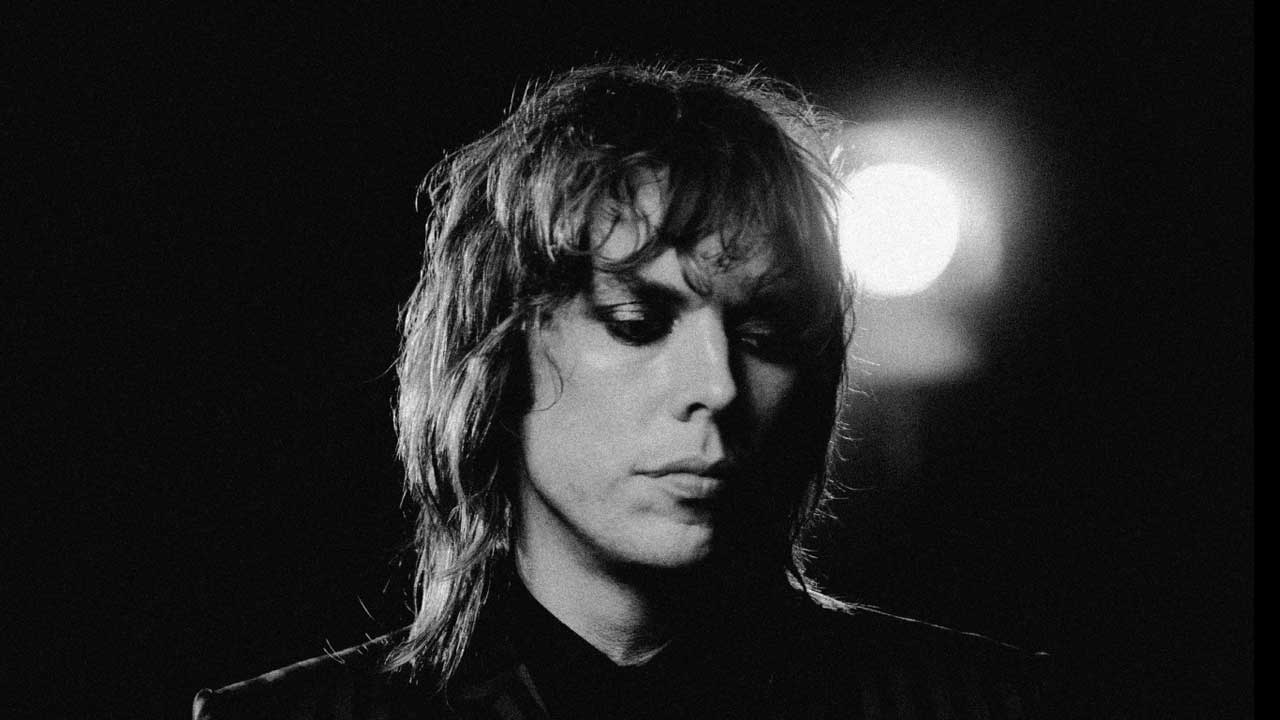













![Muse - Space Dementia (XX Anniversary RemiXX) [Official Audio] - YouTube](https://img.youtube.com/vi/SyPpDUPCXaM/maxresdefault.jpg)







